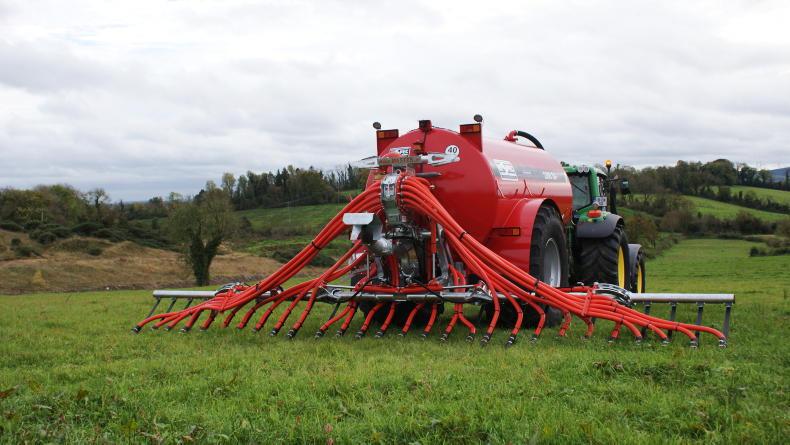Applicants in the latest phase of the Tier 1 capital grant scheme had to apply for less than the maximum grant to be successful, according to Irish Farmers Journal analysis.
Letters of offer have been issued to 2,902 applicants in the third tranche of the scheme and almost all of the £15m budget has been allocated.
The scheme was oversubscribed last December, with 3,800 NI farmers applying for grant funding on machinery and equipment costing between £5,000 and £30,000.
It meant that the points-based selection criteria had to be used to rank applications and the minimum score required to receive a letter of offer turned out to be 73 marks.
In scheme guidance, the maximum grant is set at 40% of DAERA’s reference price for each eligible item, but anyone who applied for this level of funding in the latest tranche would have been unsuccessful.
For example, a farmer who applied for top-priority low-emission slurry spreading equipment (46 marks), was under 40 years old (5 marks), has at least a level II agriculture qualification (5 marks) and was not successful in a previous tranche (5 marks), still needed another 12 marks under value for money criteria.
To get these 12 marks the applicant would have needed to go in at 6.15% below the reference price (1.95 marks for every 1%). In effect, the farmer had to apply for funding at a rate of 37.6% of DAERA’s reference price for the item.
Farmers who applied for lower priority items, or who did not receive marks for age, qualification, or previous applications, were required to apply for even less grant funding to gain the required marks under value for money.
If a farmer applied for a lowest priority band four item (28 marks), and received no marks for age, qualification, or previous application, even scoring full value for money marks (20 marks) by applying for funding worth 32% of DAERA’s reference price, would not be enough to reach the required 73 marks.






 This is a subscriber-only article
This is a subscriber-only article











SHARING OPTIONS: